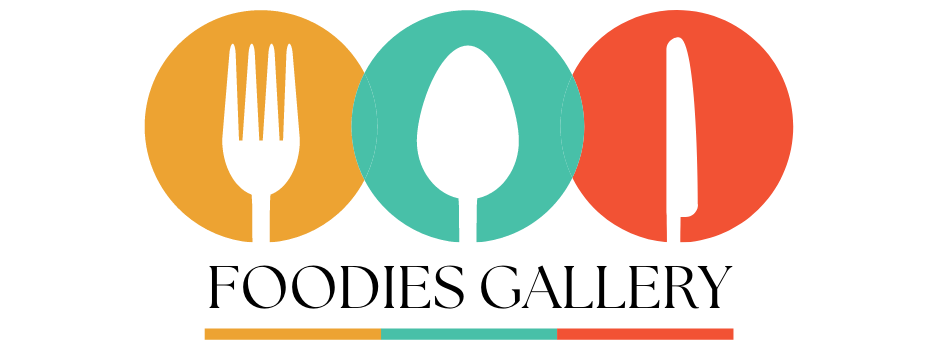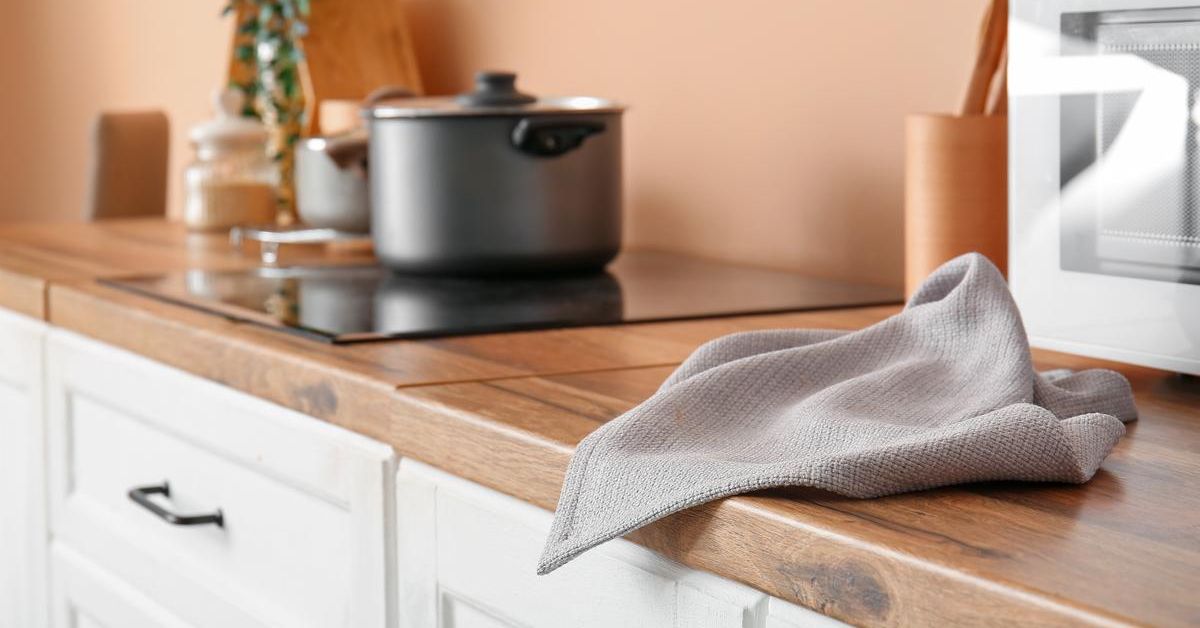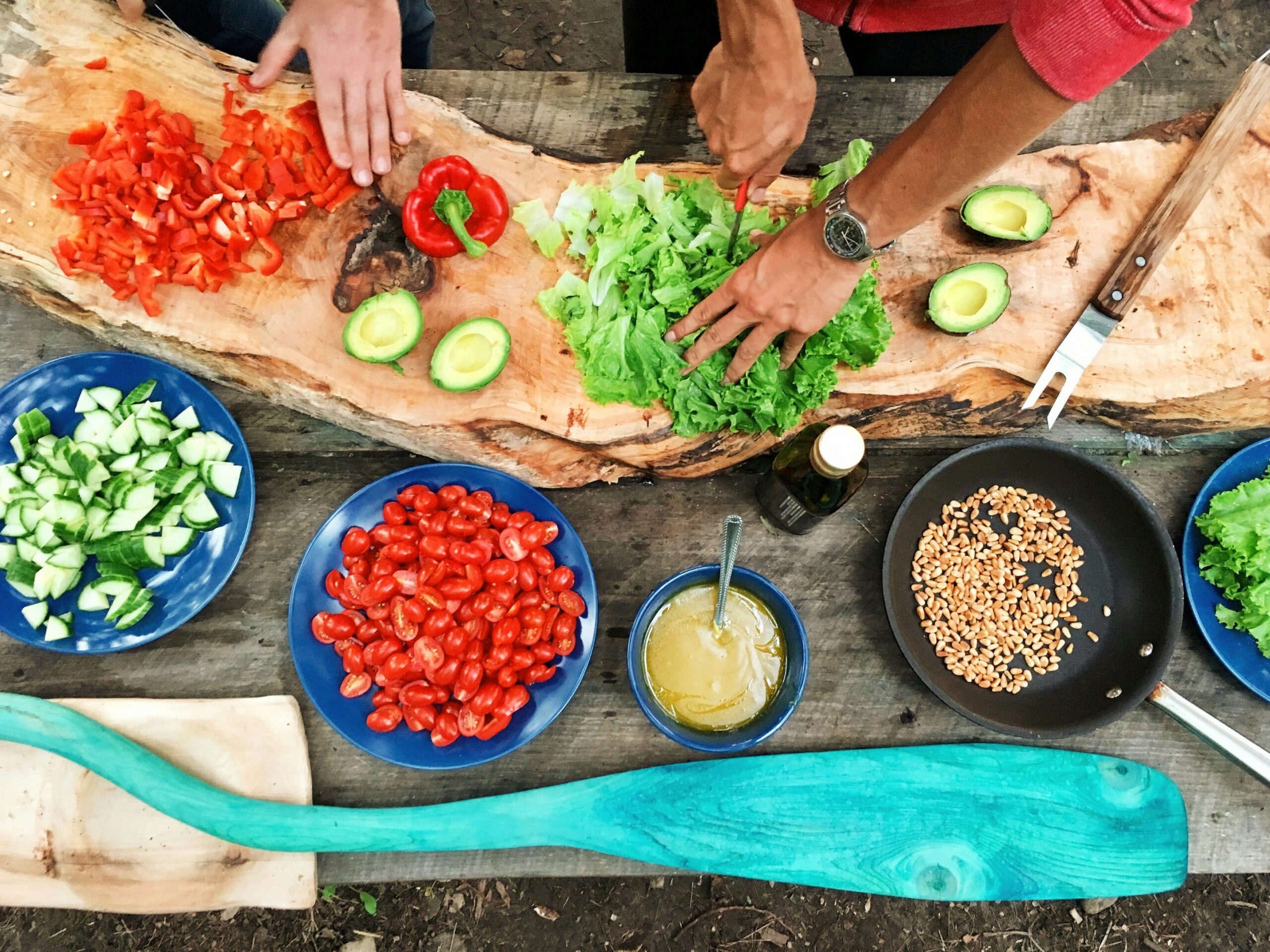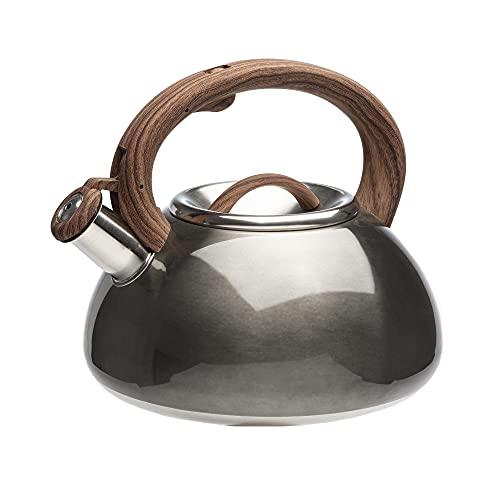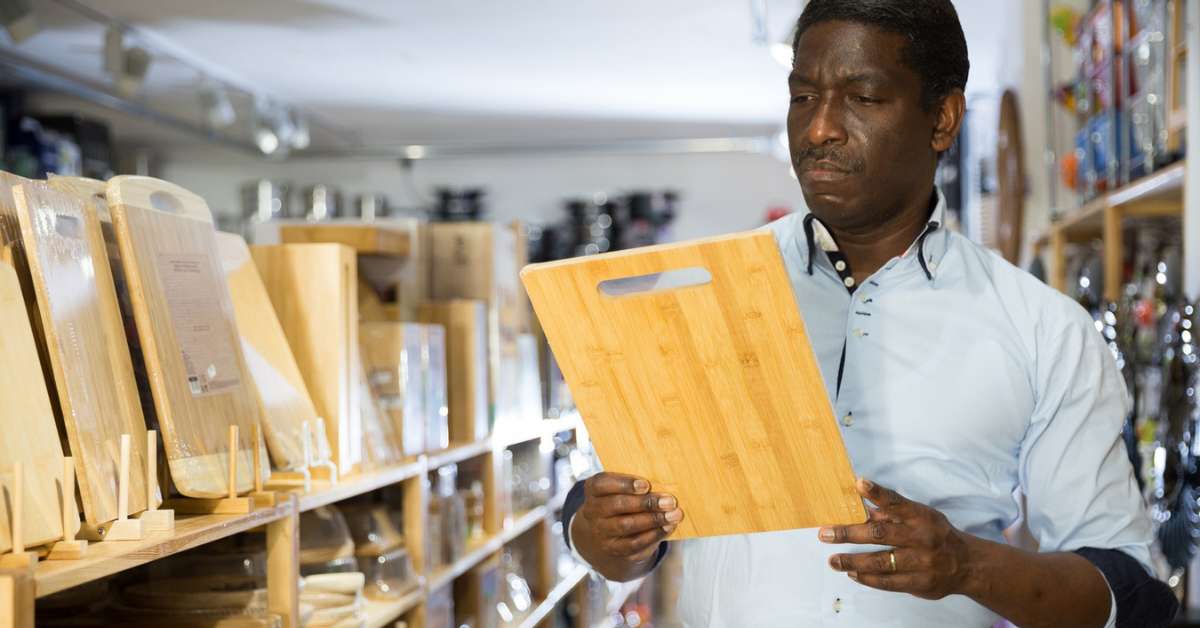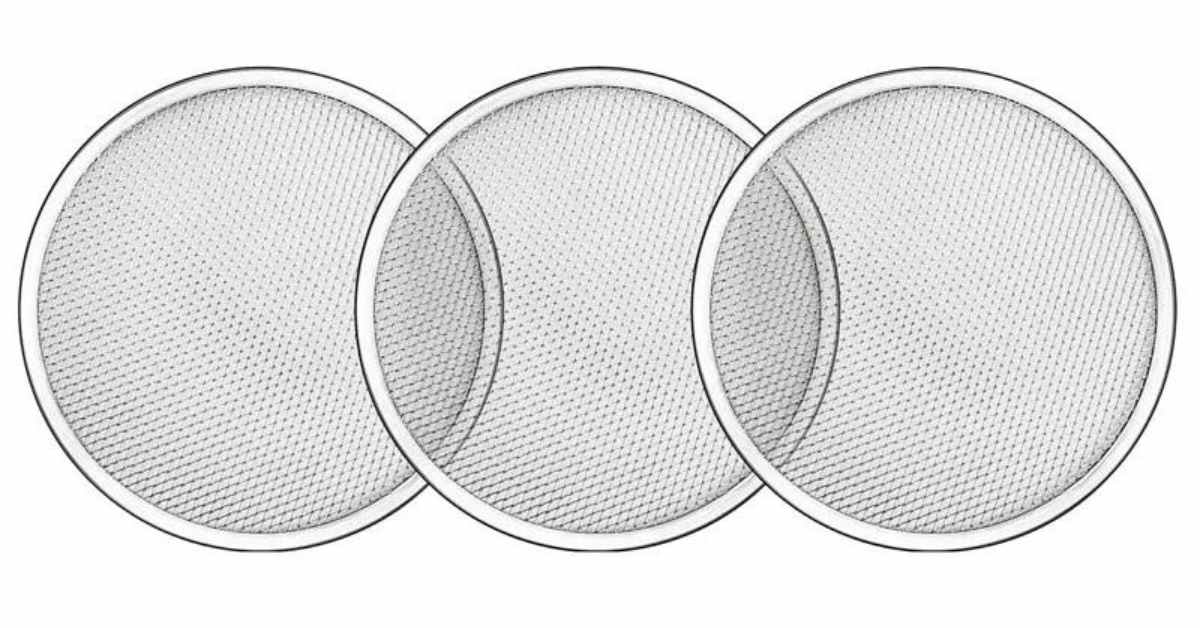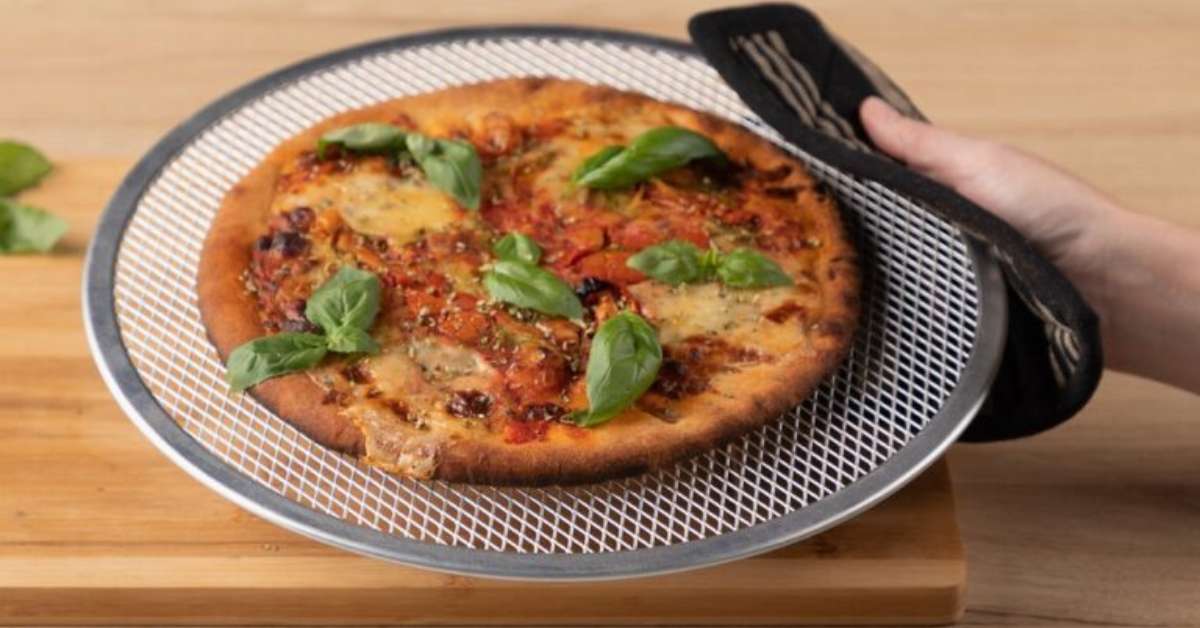Microwaves have become indispensable kitchen appliances, providing convenience and speed when heating and cooking food. However, there are often debates about what can and cannot be safely used in the microwave. One such question frequently arises is whether putting a napkin in the microwave is safe.
This article will delve into this topic and provide the answer you’ve been seeking. Understanding the safety considerations when using napkins in the microwave is crucial to avoid any potential hazards or mishaps. So, let’s explore the question, “Can you put a napkin in the microwave?” and discover the truth behind it.
Table of Contents
ToggleWhat is a Napkin and What Are Its Uses
A napkin is a small piece of fabric or paper used to wipe one’s hands, mouth, or utensils during meals. It serves various purposes and has been a part of dining etiquette for centuries. Traditionally made from cloth, napkins are also available in disposable paper form. Their primary function is to maintain cleanliness and hygiene while dining.
Napkins are used for personal hygiene and serve decorative and practical purposes. They are often folded and placed on the lap during meals to protect clothing from spills and food stains. Additionally, napkins can remove food residue from dishes, cutlery, or dining table. They are an essential table-setting element, adding elegance and sophistication to formal dinners and events.
Moreover, napkins can be used as makeshift coasters to protect surfaces from heat or moisture. They can also be a barrier between hot plates and the table to prevent potential damage. With their versatile nature, napkins have become a staple in restaurants, households, and various social gatherings.
How Does a Microwave Work
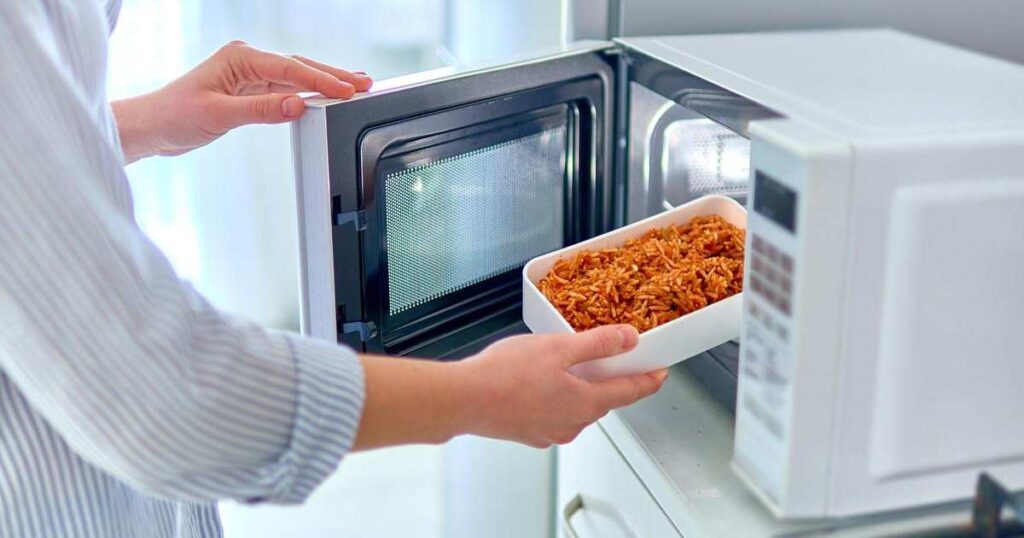
Microwaves have revolutionized how we cook and heat our food, but have you ever wondered how they work? To comprehend the safety considerations of using napkins in the microwave, it’s essential to understand the basic functioning of this appliance.
Microwaves utilize electromagnetic waves, specifically microwaves, to heat food from the inside out. Unlike traditional ovens that heat the surrounding air to cook food, microwaves directly target the water molecules in the food. These microwaves cause the water molecules to vibrate rapidly, generating heat. As a result, the food is heated quickly and efficiently.
The microwave oven consists of a magnetron responsible for producing the microwaves. These microwaves are then directed into the cooking chamber, bouncing off the reflective walls. This bouncing process ensures that the microwaves are evenly distributed throughout the section, allowing for uniform food heating.
The food inside the microwave absorbs the microwaves, and the water molecules within it start vibrating rapidly. This vibration produces thermal energy, which heats the food. The process is fast and convenient, making microwaves popular for busy individuals.
What Kind of Materials Are Used to Make Napkins
Napkins come in various materials, each offering its own characteristics and properties. Understanding the different types of napkin materials is essential when considering their safety in the microwave. Let’s explore the common napkin materials, including heat-resistant and non-heat-resistant options.
Common Napkin Materials
- Cloth: Cloth napkins are made from natural fibers such as cotton, linen, or both. They are durable, reusable, and often favored for their aesthetic appeal. Cloth napkins can add a touch of elegance to any dining setting.
- Paper: Paper napkins are disposable and widely used for convenience. They are made from soft paper pulp and are available in various thicknesses and qualities. Paper napkins are commonly found in restaurants, cafes, and households as an economical and practical option.
Heat-Resistant Materials
- Cotton: Cotton napkins are known for their heat resistance and durability. They can withstand high temperatures without easily scorching or catching fire. Cotton is a natural fiber with good insulation properties, making it suitable for microwave use.
- Linen: Linen napkins, derived from flax fibers, are another heat-resistant option. Linen has excellent moisture-absorbing capabilities and can withstand moderate heat. It is often chosen for its luxurious feel and durability.
Non-Heat-Resistant Materials
- Synthetic Fabrics: Napkins made from synthetic fabrics such as polyester or nylon are unsuitable for microwave use. These materials can melt, release harmful chemicals, or even catch fire when exposed to high temperatures. It is essential to avoid using synthetic napkins in the microwave to prevent accidents or damage to the appliance.
- Paper with Metallic Prints: Some paper napkins come with metallic prints or foil accents, which make them visually appealing. However, these metallic elements can cause sparks or ignite in the microwave. It is crucial to avoid using napkins with metallic prints in the microwave to prevent fire hazards.
Can You Microwave Napkins
When microwaving napkins, the answer is not a simple “yes” or “no.” Several factors must be considered to determine whether putting napkins in the microwave is safe. Let’s explore the answer in detail, along with exceptions, conditions, and alternatives.
Yes or No
It is generally safe to microwave napkins from heat-resistant materials like cotton or linen. These natural fibers can withstand the heat generated inside the microwave without significant risks of scorching or catching fire.
Exceptions and Conditions:
Avoid napkins with metallic prints or foil accents: Napkins with metallic elements can cause sparks or ignite in the microwave. Refraining from microwaving napkins with metallic prints is crucial to prevent fire hazards.
Keep napkins lightly dampened: Dry napkins can ignite if exposed to high heat in the microwave. To minimize this risk, it is advisable to lightly dampen the napkin with water before placing it in the microwave. The moisture helps regulate the temperature and prevents overheating.
Use for short durations and low power settings: When microwaving napkins, it is recommended to use short durations and low power settings. This allows for gentle heating without subjecting the napkin to excessive heat. It’s essential to monitor the napkin closely during microwaving to ensure it doesn’t become overheated.
Alternatives to Microwaving Napkins
If you’re unsure about microwaving napkins or prefer to err on the side of caution, there are alternative methods to achieve similar results:
Use a conventional oven: Instead of microwaving, you can heat napkins in a traditional oven at a low temperature for a short time. This method ensures gentle and even warming without the risks associated with microwaving.
Place hot food on top of the napkin: Rather than heating it, you can place hot dishes or containers on top of a napkin. This way, the napkin acts as a barrier between the hot surface and your table or hands, protecting it while keeping the napkin away from direct heat.
By following these guidelines and considering the material of the napkin, you can make an informed decision on whether to microwave napkins safely. However, always exercise caution and monitor the process closely to prevent potential hazards.
Are all Napkins Microwave-safe
No, not all napkins are microwave-safe. The microwave safety of a napkin depends on the material it is made from and any additional elements or treatments applied to it. It’s essential to consider the following factors when determining the microwave safety of a napkin:
- Material: Napkins made from heat-resistant materials like cotton or linen are generally safe to use in the microwave. These natural fibers can withstand the heat generated during microwaving without significant risks of scorching or catching fire.
- Metallic Prints or Foil Accents: Napkins with metallic prints or foil accents are not microwave-safe. The metallic elements can cause sparks or ignite in the microwave, posing fire hazards. It is crucial to avoid microwaving napkins with any form of metallic decoration.
- Synthetic Fabrics: Napkins made from synthetic fabrics such as polyester or nylon are unsuitable for microwave use. These materials can melt, release harmful chemicals, or even catch fire when exposed to high temperatures. It is essential to avoid using synthetic napkins in the microwave to prevent accidents or damage to the appliance.
- Other Treatments or Coatings: Some napkins may have additional treatments or coatings, such as water-resistant finishes or chemical additives. These treatments may not be microwave-safe and can release harmful substances when heated. Always check the manufacturer’s instructions or labels to ensure the napkin is suitable for microwave use.
By being mindful of the material and any additional treatments, you can make informed decisions and prioritize safety when using napkins in the microwave.
The Risks of Microwaving Napkins
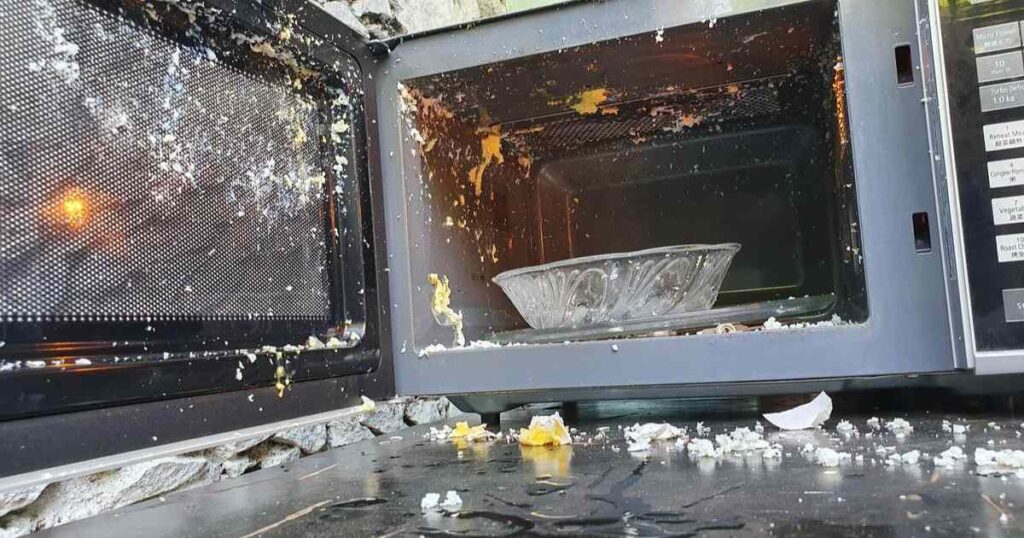
While it is generally safe to microwave napkins made from heat-resistant materials, they are still associated with potential risks. Awareness of these risks is vital to prevent accidents and ensure your safety. Here are the main threats to consider:
Fire Hazards
Microwaving napkins that contain metallic prints or foil accents can pose a fire hazard. The metallic elements in these napkins can cause sparks or ignite when exposed to the intense heat generated by the microwave. This can lead to a fire inside the microwave, potentially damaging the appliance and causing harm.
Toxic Fumes
Specific napkins may have treatments, coatings, or synthetic materials that are not microwave-safe. When heated in the microwave, these napkins can release toxic fumes or chemicals into the air. Inhaling these fumes can be harmful to your health. It is crucial to avoid microwaving napkins with unknown or non-microwave-safe materials to prevent the release of toxic substances.
Burns
Napkins can become hot when microwaved, and handling them without proper caution can result in burns. Heat-resistant materials like cotton or linen can reach high temperatures when exposed to the microwave’s intense heat. To avoid burns, it’s crucial to use oven mitts or wait for the napkin to cool down before handling it.
To mitigate these risks, always follow the guidelines for microwave safety. Avoid microwaving napkins with metallic prints, foil accents, or synthetic materials. Check the manufacturer’s instructions or labels to ensure the napkins are microwave-safe. If in doubt, consider using alternative methods for heating or warming napkins, such as a conventional oven.
You can also read the following: Why are Under Counter Can Openers So Expensive? The Truth
Microwaving Different Types of Napkins
Different materials can react differently to the heat generated inside the microwave when microwaving napkins. Let’s explore how various types of napkins, including cloth, paper, linen, polyester, and cotton, can be affected when microwaved.
Cloth Napkins
Cloth napkins, typically made from cotton or linen, are generally safe to microwave, provided they do not have metallic prints or foil accents. These heat-resistant materials can withstand the microwave’s heat without significant risks of scorching or catching fire. However, it is still essential to monitor cloth napkins closely during microwaving to prevent overheating and potential burns.
Paper Napkins
Paper napkins are commonly used for their convenience and disposability. While it is generally safe to microwave plain paper napkins, avoiding those with metallic prints or foil accents is crucial. These metallic elements can cause sparks or ignite in the microwave, leading to fire hazards. Always check the packaging or label to ensure the paper napkins are microwave-safe before microwaving them.
Linen Napkins
Linen napkins, made from flax fibers, are another option commonly used for their durability and luxurious feel. Linen has good moisture absorption properties and can withstand moderate heat. However, as with other cloth napkins, avoiding linen napkins with metallic prints or foil accents when microwaving is essential to prevent potential fire hazards.
Polyester Napkins
Polyester napkins, made from synthetic fibers, are not recommended for microwaving. Polyester can melt or release harmful chemicals when exposed to high temperatures, posing risks to your health and safety. It is best to avoid microwaving polyester napkins to prevent accidents or damage to the microwave.
Cotton Napkins
Cotton napkins, known for their heat resistance and durability, are generally safe for microwaving. Cotton is a natural fiber that can withstand high temperatures without easily scorching or catching fire. However, monitoring the cotton napkin closely during microwaving is essential to ensure it does not become overheated.
Always remember to exercise caution and follow the earlier guidelines when microwaving napkins. Avoid metallic prints or foil accents, be mindful of synthetic materials, and monitor the napkin closely to prevent potential hazards.
How to Safely Microwave Napkins
Microwaving napkins can be done safely if proper precautions are taken. Follow these guidelines to ensure a safe microwave experience when using napkins:
Precautions:
- Check the material: Ensure the napkin is made from heat-resistant materials like cotton or linen. Avoid napkins with metallic prints, foil accents, or synthetic fabrics, as they can pose fire hazards or release toxic fumes when microwaved.
- Dampen the napkin: Lightly dampen the napkin with water before microwaving. This helps regulate the temperature and prevent the napkin from becoming too hot. Avoid excessive moisture, as it may affect the texture or quality of the napkin.
Steps to Follow:
- Fold the napkin: Fold the napkin neatly before placing it in the microwave. This allows for even heating and prevents any parts of the napkin from overheating.
- Use short durations and low power settings: Set the microwave to low durations when heating the napkin. This ensures gentle and controlled heating, reducing the risk of overheating or scorching.
- Monitor closely: Keep a close eye on the napkin while microwaving. If you notice any signs of scorching or smoke, immediately stop the microwave and remove the napkin.
- Allow cooling time: Once the microwave cycle is complete, carefully remove the napkin and allow it to cool down before handling. It may be hot to the touch, and handling it without caution can result in burns.
Tips for Safe Microwave Use
- Follow manufacturer’s instructions: Read and follow the microwave’s user manual for specific guidelines and safety precautions.
- Avoid overcrowding: Do not overcrowd the microwave with multiple napkins. This can lead to uneven heating and potentially increase the risk of accidents.
- Use microwave-safe dishes: If you place hot food or containers on top of the napkin, ensure they are microwave-safe to prevent any melting or other hazards.
- Keep a fire extinguisher nearby: As an additional safety measure, have a fire extinguisher readily available in the kitchen in case of emergencies.
By taking these precautions, following the steps, and practicing safe microwave use, you can minimize the risks of microwaving napkins and ensure a safe experience. Always prioritize your safety and exercise caution when using any appliances in the kitchen.
Alternative Uses of Napkins
Napkins are versatile and can serve various purposes beyond their traditional use. Alternative Ways to utilize napkins:
Other Ways to Warm Food
- Wrap food for insulation: Use napkins to wrap and insulate food, keeping it warm for a short period. For example, wrap a sandwich or a slice of pizza in a napkin to maintain its temperature while on the go.
- Cover dishes in the microwave: Instead of placing a paper towel or microwave-safe cover, use a napkin to cover dishes. This helps prevent splatters and keeps the food moist during heating.
Alternative Ways to Clean Up Spills
- Absorbent cloth: Napkins made from absorbent materials like cotton or linen can be used to clean up spills around the house. They effectively absorb liquid and can be easily disposed of or laundered afterward.
- Napkin coasters: Place a napkin under glasses or cups to catch drips or spills. This helps protect your surfaces from watermarks or stains.
Creative Ways to Use Napkins
- Decorative accents: Fold napkins into creative shapes or designs to add a decorative touch to your table setting. Various napkin folding techniques available online can elevate the visual appeal of your dining experience.
- DIY crafts: Use napkins for craft projects such as decoupage, napkin rings, or personalized gift wrapping. Napkins come in various patterns and colors, making them versatile materials for creative endeavors.
- Picnic essentials: Bring along napkins for picnics or outdoor gatherings. They can be used as impromptu placemats, napkins, or makeshift utensil holders.
Remember to choose napkins that are suitable for specific alternative use. For example, if using napkins for insulation or covering dishes in the microwave, ensure they are made from heat-resistant materials. Be creative and explore ways to make the most of your napkins beyond their conventional purpose.
Note: Always be mindful of hygiene and food safety when repurposing napkins. Ensure they are clean and free from contaminants before using them for alternative purposes.
Frequently Asked Questions
How long can you microwave a napkin?
The duration for microwaving a napkin depends on several factors, such as the material, thickness, and desired level of warmth. As a general guideline, microwaving a napkin for 15-30 seconds at a low power setting should be sufficient to warm it without overheating. However, monitoring the napkin closely is vital to prevent overheating or scorching.
Can I put a wet napkin in the microwave?
Putting a lightly dampened napkin in the microwave is generally safe. Dampening the napkin can help regulate the temperature and prevent it from becoming too hot. However, excessive moisture should be avoided as it may affect the texture or quality of the napkin.
What should you do if a napkin catches fire in the microwave?
Taking immediate action is crucial if a napkin catches fire in the microwave. Keep the microwave door closed to prevent oxygen from fueling the flames. Unplug the microwave or turn it off at the circuit breaker if it’s safe. Wait to open the door until the fire is completely extinguished or until advised to do so by the manufacturer’s instructions or a professional.
Can you use a paper towel instead of a napkin in the microwave?
Yes, paper towels can be used as an alternative to napkins in the microwave. They can serve similar purposes, such as covering dishes to prevent splatters or absorbing excess moisture. However, ensuring the paper towel is microwave-safe and contains no metallic elements is crucial, as these can cause sparks or ignite.
Can you put the tissue in the microwave?
No, it is not recommended to put tissue in the microwave. Tissues are generally not designed to withstand the heat generated by the microwave and can easily catch fire or release toxic fumes. It’s best to avoid using tissue in the microwave and opt for microwave-safe alternatives such as napkins or paper towels.
Can you put paper sheets in the microwave?
It is generally not advisable to put regular paper sheets in the microwave. Regular paper may contain additives or coatings that can release toxic fumes or cause the paper to ignite when exposed to high temperatures. Using microwave-safe materials like napkins or paper towels for microwave applications is safer.
Conclusion
Microwaving napkins can be a convenient way to warm them before use or clean up spills. However, it’s essential to understand the potential risks and take necessary precautions. Use napkins made from heat-resistant materials like cotton or linen, and avoid those with metallic prints or foil accents.
Monitor the napkin closely during microwaving, and avoid overheating or scorching. Always prioritize safety, follow the manufacturer’s instructions, and exercise caution when using any materials in the microwave. By being mindful of these considerations, you can safely enjoy the benefits of using napkins in the microwave while minimizing potential hazards.
